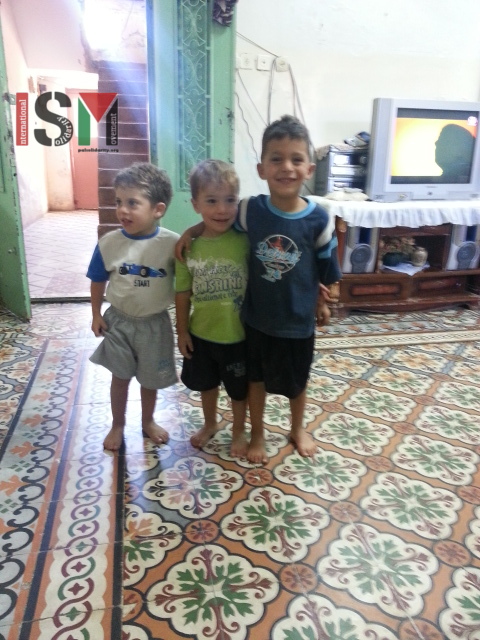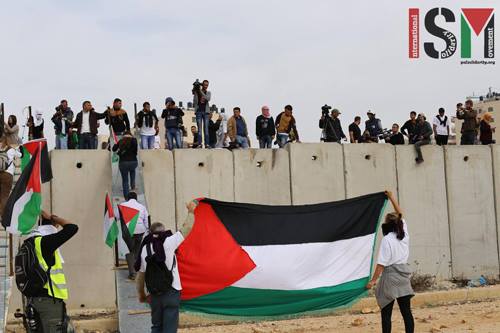-
Settler violence escalates in the vicinity of Kiryat Arba illegal settlement
19th September 2015 | International Solidarity Movement, Al-Khalil Team | Hebron, Occupied Palestine The children of the Jabari family in Jabari neighbourhood of al-Khalil are singing along to a Palestinian children’s television show. It is a sunny Saturday morning but in the small living area, six tiny children sit with their mothers who explain to […]
-
Israeli forces violently attack demontrants in Kafr Qaddum
18th September 2015 | International Solidarity Movement, Al-Khalil Team | Kafr Qaddum, Occupied Palestine Today in Kafr Qaddum, a village close to Nablus, Israeli forces injured almost 100 people. Israeli forces attacked the village at around 11 am and invaded a family home. Upon breaking into the house Israeli forces attacked the whole family with […]
-
Statement from ISM: Respect is essential for solidarity
18 September 2015 | International Solidarity Movement, Ramallah Team | Ramallah, occupied Palestine The International Solidarity Movement rejects any action taken by International individuals or groups in Palestine that is done without invitation or in coordination with the Palestinian community, and that consequently disrespects Palestinians. The International Solidarity Movement (ISM) has had the […]
Action Alert An Nabi Saleh Apartheid Wall Arrests BDS Bethlehem Bil'in Cast Lead Demonstration Denial of Entry Ethnic Cleansing Farmers Gaza Global Actions Hebron House Demolition International law Israeli Army Jerusalem Live Ammunition Nablus Ni'lin Prisoner Ramallah Rubber-coated steel bullets Settlement Settlers Settler violence Tear-Gas Canister Video



